A crash of rhinos, anyone? Or a prickle of porcupines? How about a parliament of owls?
If you have no idea what I am talking about, you are not alone. The collective nouns used as names for groups of animals are often unexpectedly bizarre. While most of us know that a group of lions is called a pride, who knew that a group of jaguars is called a shadow? Or that the collective noun for leopards is a leap?
Earlier this year, I found myself watching a very active bird feeder on a Brazilian farm in the Pantanal when I heard my friend remark: “Such a colourful pandemonium of parrots”. In answer to our blank stares, he explained that the collective noun used for a group of parrots was pandemonium. Undoubtedly, he’s been waiting for a chance to drop it in a conversation since the beginning of our trip.
Collective nouns for animals
That conversation in Brazil piqued my curiosity, and I decided to look up some more collective nouns for animals. If you would like to impress your friends on your next safari, pick a couple of terms from the list below and use them at the first chance you get.
Names for Groups of Mammals
To get the ball rolling with discovering the unexpected names for groups of animals: What is a group of lemurs called?
- Apes – shrewdness
- Badgers – cete
- Bats – colony
- Bears – sloth (or sleuth)
- Buffalo – gang, herd
- Cats (wild) – destruction
- Cheetahs – Coalition
- Deer – brace (two), leash (three)
- Dolphins – herd, pod, school
- Donkeys – herd, pace
- Echidnas – parade
- Elephants – parade, herd
- Elk – gang
- Ferrets – business
- Foxes – earth; leash (three), skulk
- Fur seals – harem (belonging to one male)
- Giraffes – tower, herd
- Gorillas – band
- Hares – down, huske, leash (three)
- Hedgehogs – array
- Hippopotamuses – bloat
- Horses – harras, span (a team of two), string
- Hyenas – cackle, clan
- Jaguars – shadow
- Kangaroos – flock, mob, troop
- Kittens – kindle
- Lemur – conspiracy
- Leopards – leap
- Lions – pride
- Martens – richesse
- Mice – mischief, nest
- Moles – labour
- Monkeys – troop
- Otters – raft, romp, bevy
- Platypus – paddle
- Porcupines – prickle
- Porpoises – herd, pod, school
- Prairie dogs – coterie
- Rabbits – berry
- Rhinoceroses – crash
- Roes – bevy
- Rooks – building, parliament
- Seals – plump, spring, colony, harem
- Sheep – flock, fold, mob, wing
- Squirrels – scurry, dray (a nest)
- Tigers – streak, ambush
- Whales – gam, herd, plump, pod
- Wolves – pack, rout
- Wombats – wisdom
- Zebras – zeal
Names for Groups of Birds
Learning that a group of parrots is called a pandemonium was an eye-opening revelation for me. But this is not even the strangest name on the list.
- Choughs – clattering
- Coots – covert
- Crows – murder
- Doves – dole (or dule)
- Ducks – paddling (on water); raft (on water)
- Dunlins – fling (in flight)
- Eagles – convocation, aerie
- Emus – mob
- Falcons – cast (a pair released after game)
- Finches – charm, chirm
- Flamingos – flamboyance
- Fowl – plump, skein (in flight), trip
- Geese – gaggle, skein (in flight), wedge (in V formation in flight)
- Goldfinches – charm
- Grouse – brace (two), covey, pack
- Hawks – cast (a pair released after game), kettle (riding a thermal), leash (three)
- Herons – siege (or sedge, or sege)
- Lapwings – desert
- Larks – bevy, exaltation, exalting
- Magpies – tidings
- Mallards – sord, sute
- Nightingales – watch
- Owls – parliament
- Parrots – pandemonium
- Partridges – covey
- Peacocks – muster, ostentation
- Pheasants – bevy, bouquet (when flushed), nye
- Pigeons – kit
- Plovers – congregations, wing
- Quails – bevy
- Ravens – unkindness
- Ruffs – hill
- Sheldrake – dropping
- Snipe – walk, wisp
- Sparrows – host
- Starlings – murmuration
- Swans – wedge (in V formation in flight)
- Teal – spring, string
- Turkeys – rafter
- Waterfowl – bunch, knob (less than 30), raft (on water)
- Woodcocks – fall
- Woodpeckers – descension
Names for Groups of Amphibians and Reptiles
A group of crocodiles, you ask? Yes! In the Pantanal, it is not uncommon to see huge congregations of caimans on the river banks or even by a roadside marsh like in the video below. The man in the video is a Pantanal local. In other words, don’t try this at home.
- Crocodiles – bask
- Frogs – knot
- Toads – knot
- Vipers – nest
- Cobras – quiver
- Lizards – lounge
Names for Groups of Fish
For diving adventures, here are some collective nouns for fish and other aquatic vertebrates.
- Fish – run (moving upstream for spawning), school, shoal, hover
- Sharks – shiver, school
- Manta rays – squadron
- Seahorses – herd
Names for Groups of Invertebrates
- Bees – bike, drift, hive, swarm
- Butterflies – flight, wing
- Cockroaches – intrusion
- Jellyfish – smack, brood
- Mosquitoes – scourge
- Snails – escargatoire, rout, walk
- Starfish – galaxy
Names for Groups of Domestic Animals
And if you are not heading on a safari any time soon, here are some collective nous for domestic animals.
- Cats – clowder, pounce or glaring, for kittens – a kindle, litter or intrigue
- Dogs – litter (puppies) or cowardice
- Donkeys – pace
- Goats – tribe or trip
- Mules – pack, span or barren
- Pigs – drift, drove, sounder, team or passel
- Ducks – brace, team, flock (in flight), raft (on water), paddling or badling
- Geese – flock, gaggle (on the ground) or skein (in flight)
- Turkeys – rafter or gang
Origins of Names for Groups of Animals
You may rightfully wonder about the origin of these unexpected terms. Who and how came up with names like a parliament of owls or a conspiracy of lemurs?
A brief search on Google reveals an interesting picture. Most of these terms originate from the Book of Saint Albans, written in 1486 to introduce the terms of venery, which is an old French word for hunting.
For centuries, the English nobility spoke French rather than English. So when English kings reverted to speaking English, the Book of Saint Albans was published to provide English terms used in hunting – a practice reserved for nobility alone. The book is also known by a more accurate title of “The Book of Hawking, Hunting, and Blasing of Arms.“
And when you think about it, it makes perfect sense. The terms like a gaggle of geese or a nest of mice reflect animal behaviour since they were created for hunting purposes. Other collective nouns for animals, like a crush of rhinos, are more recent additions, probably created to match the arcane names.
More Wildlife Guides
- 13 Different Types of Bears and Where to See Them in the Wild
- Australian Animals – Guide to the Strangest Creatures on Earth
- When and Where to See Animals in the Wild: Guide to Wildlife Watching
- 5 Tips to Make a Wildlife Garden and Promote Biodiversity at Home
- Collective Nouns for Animals – Words You Need to Know for Your Next Safari
- Renaissance Cats in Florence – A Feline Lovers Guide to Florentine Renaissance Art
- Cheetah vs Leopard – How to Tell the Two Cats Apart
- All 40 Species of Wild Cats and Where to See Them in the Wild
- The 7 types of elephants and where to see them in the wild
- Amazing Wild Animals in Thailand And Where to See Them

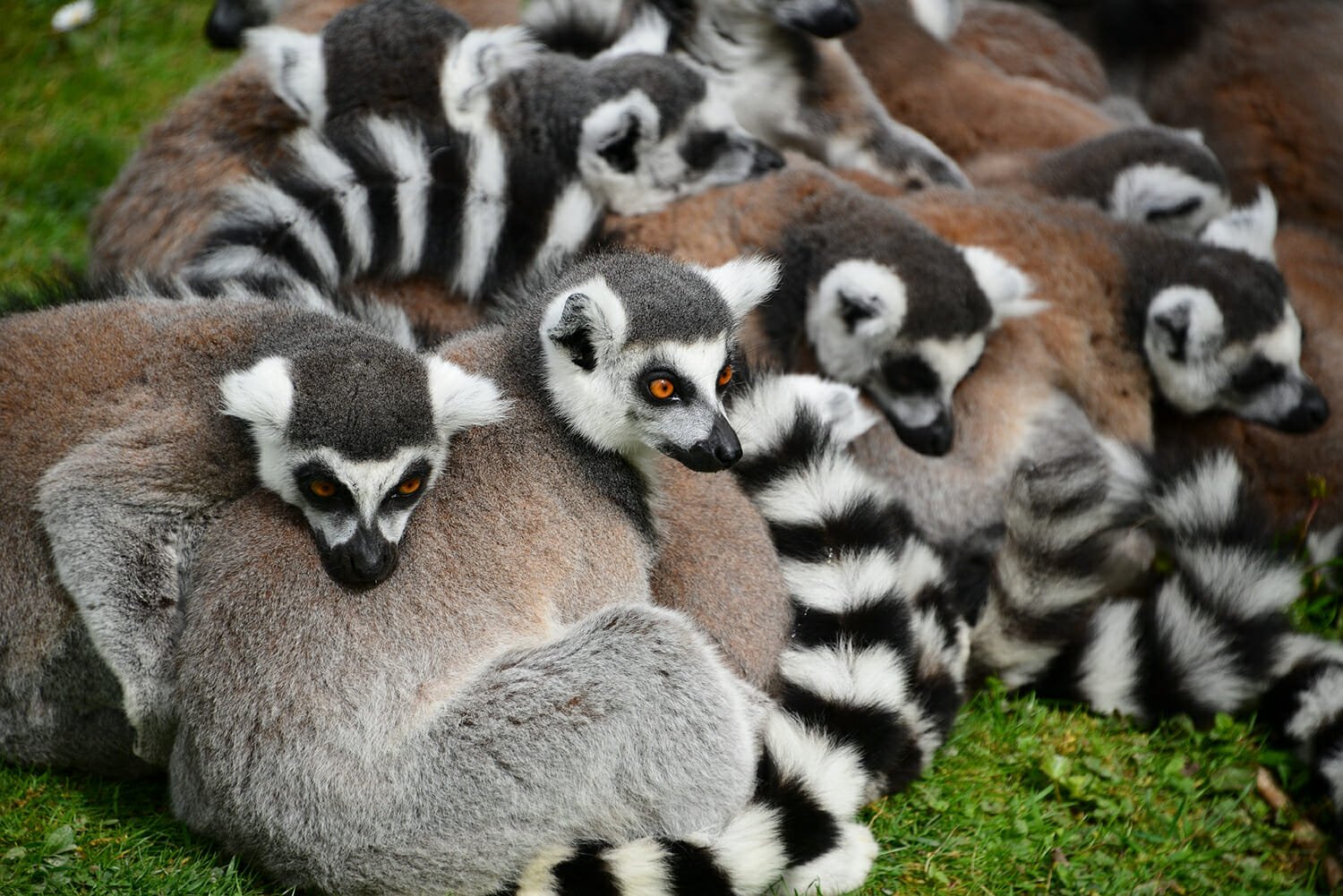
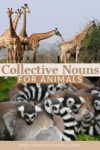
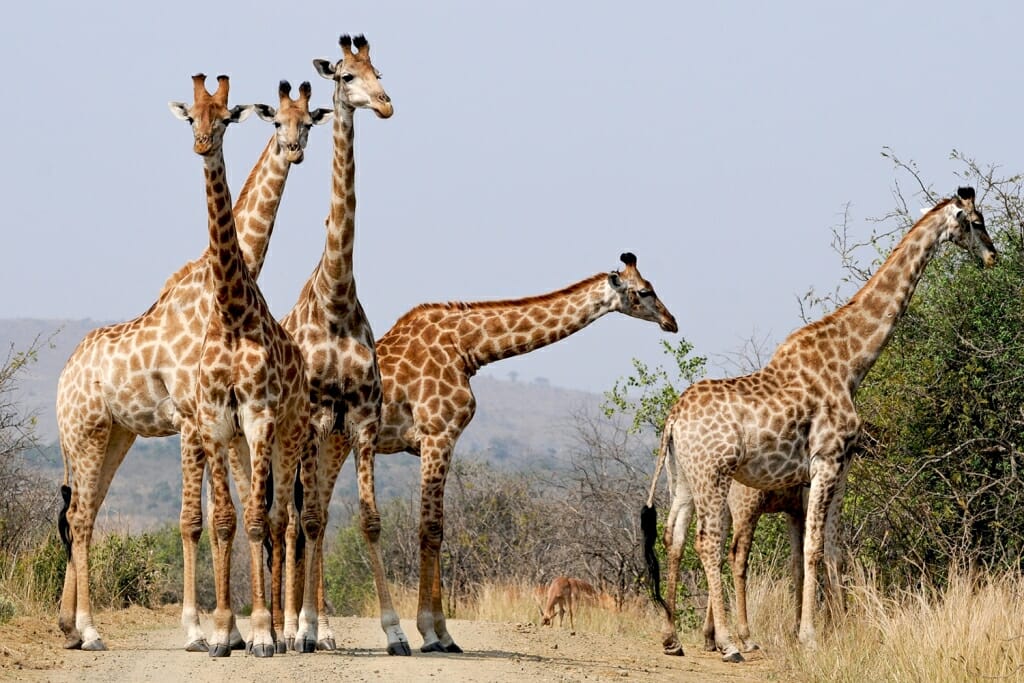
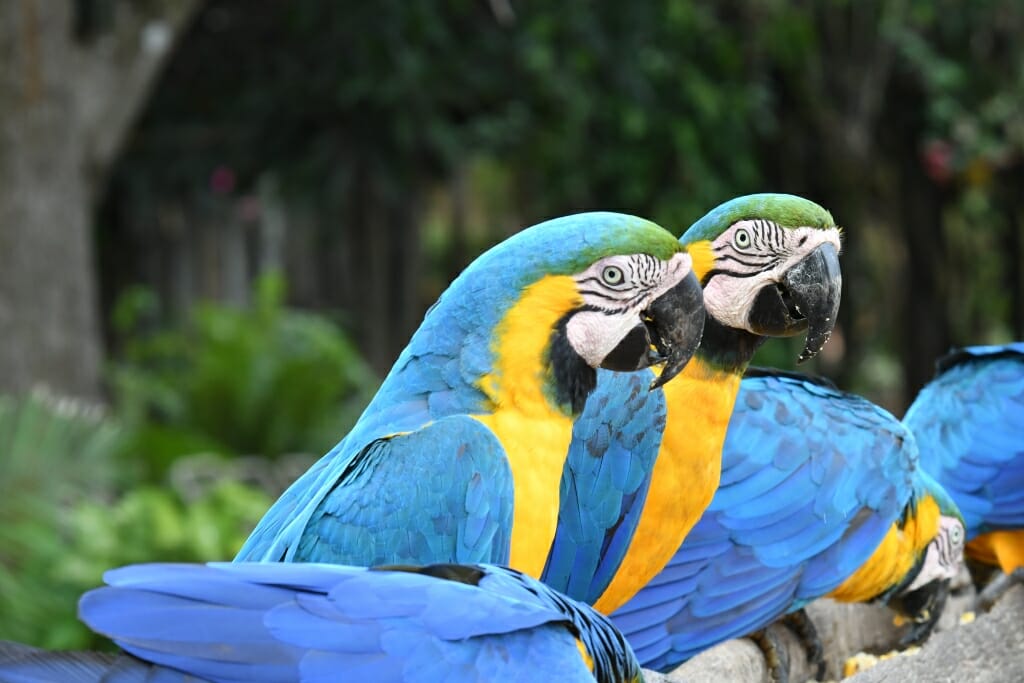
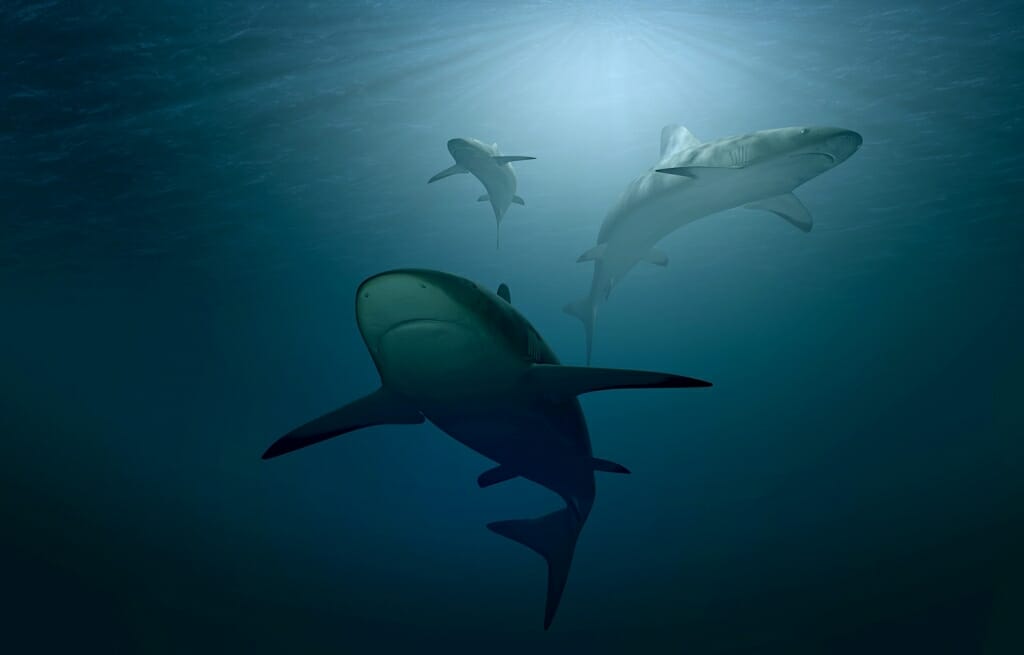
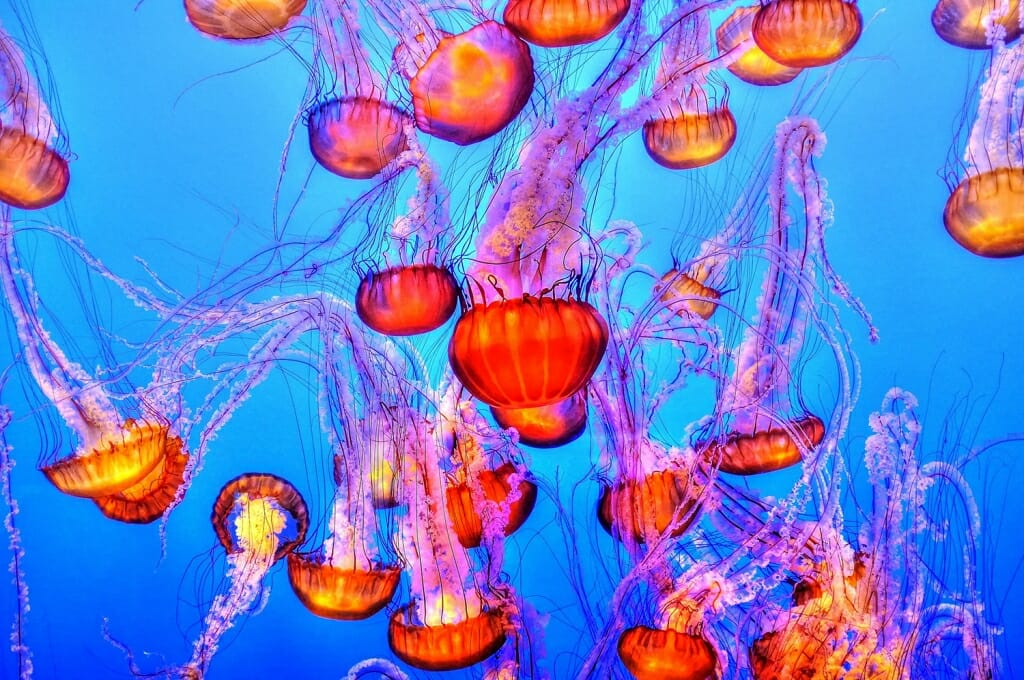
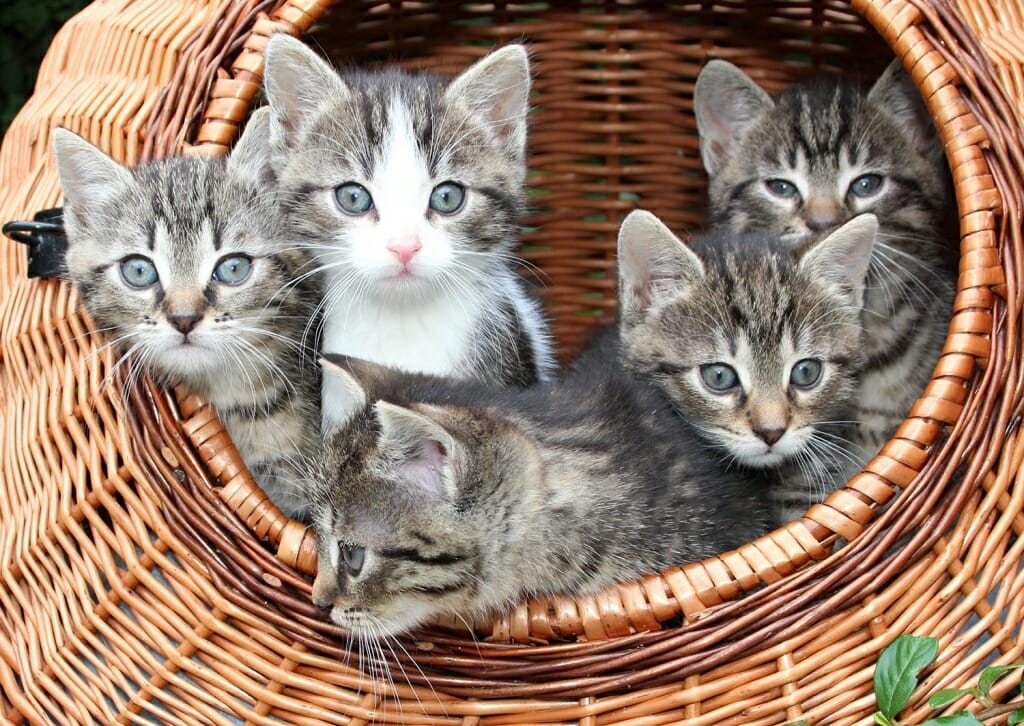
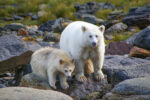
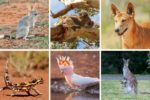
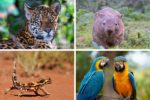

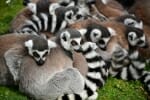
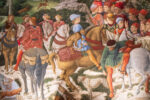
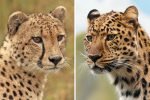
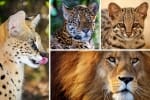

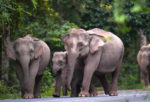
Great, well written article. Fascinating and amusing – thanks 😊
Thank you, Sabela :). It was a fun article to write
Another collective noun for zebras is “dazzle.”
Thank you so much for posting this list!
My pleasure :)
Great article. Love reading these names and imagining how they were chosen!
Thanks you, Amy